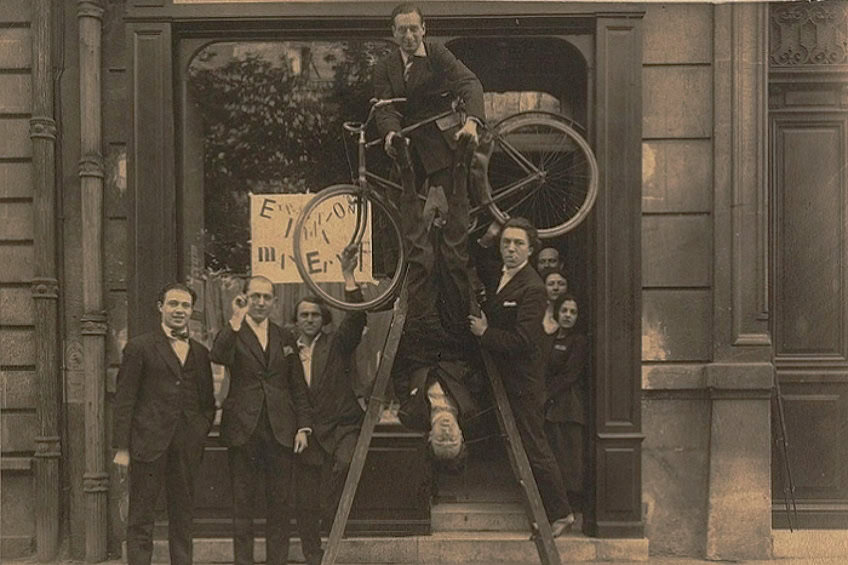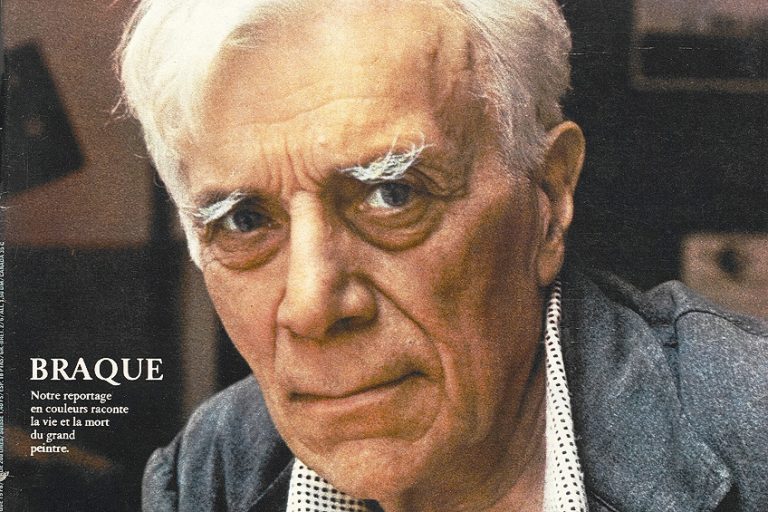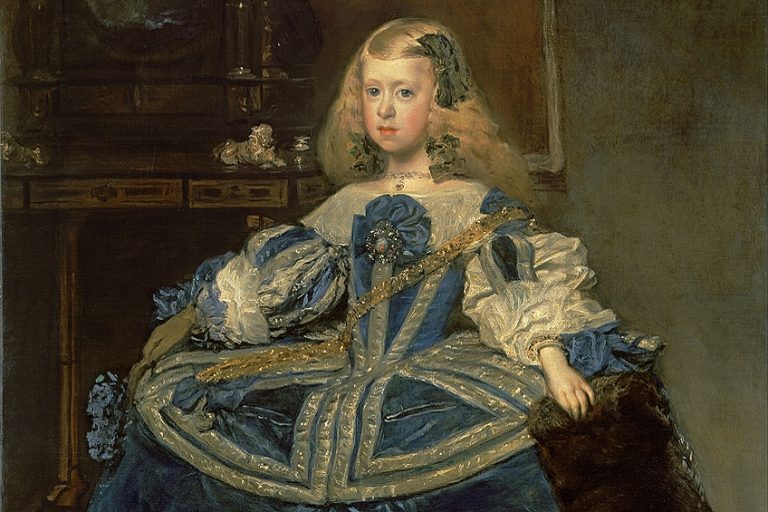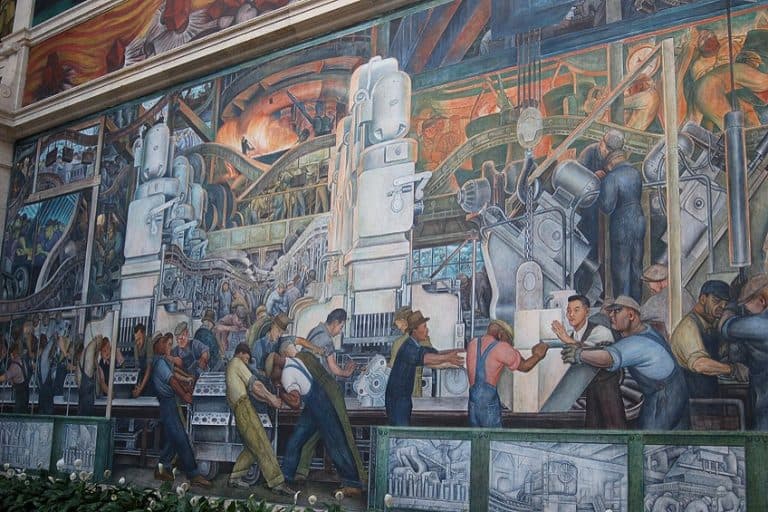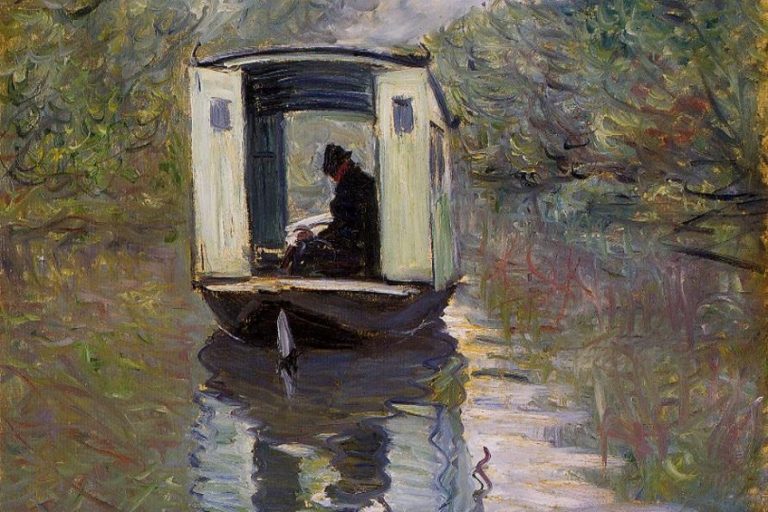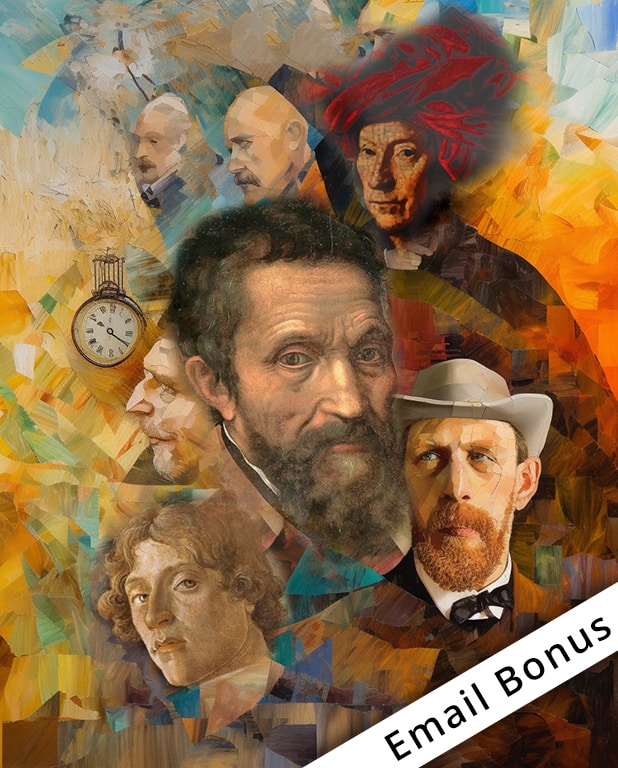“Europe After the Rain II” by Max Ernst – A Surreal Masterpiece
Europe After the Rain II, created by Max Ernst between 1940 and 1942, stands as a poignant testament to the surrealist movement’s exploration of subconscious imagery and apocalyptic visions. This large-scale oil painting, renowned for its intricate detail and unsettling atmosphere, captures the desolation and turmoil of a continent ravaged by war. Ernst employed his signature technique of decalcomania, pressing paint between surfaces to create eerie, organic textures that evoke a landscape in ruins. The work’s chaotic forms and haunting palette reflect the profound sense of despair and disillusionment pervasive during World War II, making Europe After the Rain II a powerful commentary on the devastation and resilience of humanity.
Key Takeaways
- Europe After the Rain II captures a transformative period in history through the surrealist lens.
- The painting reflects the psychological impact of war and the paradox of destruction paired with regeneration.
- Ernst’s innovative use of technique and form in this piece contributed to his lasting influence in modern art.
Historical Context
| Artist | Max Ernst (1891 – 1976) |
| Date Created | 1940 – 1942 |
| Medium | Oil on canvas |
| Genre | Surrealism |
| Period/Movement | Surrealism |
| Dimensions (cm) | 54 x 146 |
| Series/Versions | Part of Ernst’s works exploring themes of war and chaos |
| Where Is It Housed? | Wadsworth Atheneum Museum of Art, Hartford, Connecticut, United States |
| What It Is Worth | Estimated at several million dollars, though the exact value can vary based on market conditions and provenance. |
Max Ernst’s Europe After the Rain II is a fascinating oil painting completed between 1940 and 1942 during a period of intense upheaval and transformation in the artist’s life and the broader context of world history. The artwork encapsulates Ernst’s reaction to the destruction and chaos brought about by World War II, using the techniques of Surrealism to depict a landscape transformed by violence and regeneration. The canvas is filled with organic and inorganic forms that intertwine to create a scene that is both apocalyptic and oddly rebirthing, reflecting the volatility of the era.
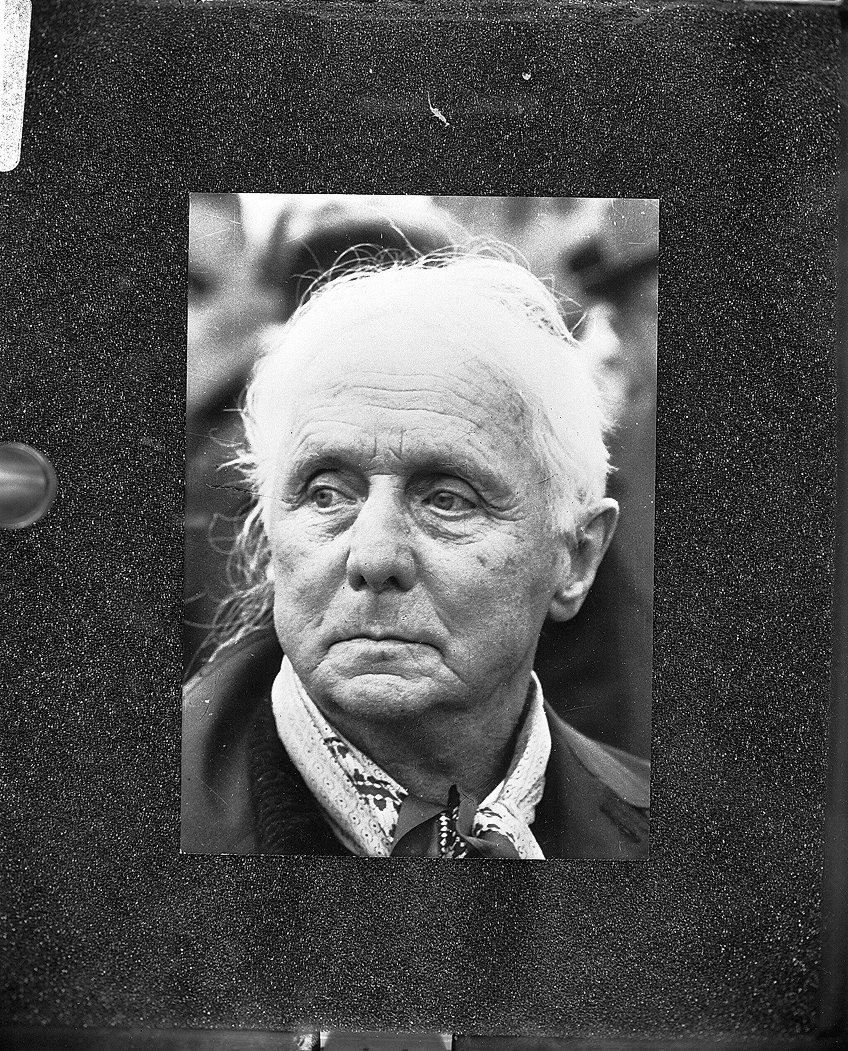
The painting stands as a testament not only to Ernst’s personal experiences with war and displacement but also to the innovative spirit of Surrealism, which sought to challenge conventional perceptions of reality. Europe After the Rain II delves into the subconscious mind to explore themes of ruin and renewal, echoing the collective anxieties of its time. Its enigmatic composition continues to invite analysis and interpretation, highlighting Ernst’s legacy in the arts and his influence on future generations of artists.
Influence of World War I and II
Max Ernst served in World War I and was deeply affected by the experience. His exposure to the horrors of war and the aftermath shaped his perspective and artistic expression. World War II further influenced Ernst’s work, as the rise of Hitler and the Gestapo led to his arrest, due to his art being condemned as ‘degenerate’.
Europe After the Rain II captures the devastation and chaos that marked this period in history, using a landscape of ruins to symbolize a Europe ravaged by conflict.
Max Ernst and the Surrealist Movement
A German-born artist, Max Ernst was a pioneering figure in the Surrealist movement. His experiences in France, where he connected with other surrealists, helped solidify his status in the art world. Surrealism’s focus on the unconscious, dreams, and unconventional imagery is evident in Europe After the Rain II, which employs these themes to convey a sense of destruction and rebirth.

Transition to America and Impact
Fleeing Europe during World War II, Ernst immigrated to the United States with the aid of Peggy Guggenheim, an American art collector. In America, his exposure to new environments, including Arizona and New York, broadened his artistic horizons. The influence of these locales is noticeable in the geological forms and textures within the painting, merging the European surreal with the American landscape.
This transition not only influenced Europe After the Rain II but also left a lasting impact on the American art scene.
Analysis of Europe After the Rain II
Europe After the Rain II is a seminal artwork that employs a rich palette and innovative techniques to portray a post-apocalyptic landscape. Through its use of color, form, and materials, along with a wealth of symbols, the painting evokes themes of destruction, rebirth, and the grotesque.
Use of Color and Form
Max Ernst utilizes a multicolored approach in Europe After the Rain II to elicit a sense of the organic intertwined with the melancholic. The juxtaposition of vibrant and muted tones aids in contrasting elements of life and decay present within the ruins. Forms within the painting often appear to be in a state of metamorphosis, enhancing the sense of an ongoing transformation within the post-apocalyptic scene.
Techniques and Materials
Ernst’s Europe After the Rain II showcases his mastery in utilizing the techniques of frottage and grattage. Frottage, the act of rubbing a material over a surface to capture its texture, and grattage, a technique involving the scraping of paint to reveal lower layers, are both evident.
These methods contribute to the texture and depth of the image, making visible the fine details of destruction and erosion in the landscape.
Imagery and Symbols
The imagery in this artwork carries a tone of the grotesque and the surreal. A central creature, with characteristics of both man and bird, dominates a scene swarmed with hybrid forms and structures that suggest ruins. Symbolically, these elements may reference the collapse of civilization and the emergent chaos that follows. The viewer is therefore confronted with a dreamlike vision that is as enigmatic as it is apocalyptic.
Themes and Interpretations
Themes present in Europe After the Rain II include a profound reflection on destruction and the subsequent promise of rebirth. The ambiguous forms and odd figures scattered throughout the painting evoke a feeling of the uncanny, leading to various interpretations. Some viewers might perceive a critique of the devastation wrought by war, while others might discern a deeper, more personal exploration of transformation and the human condition in the wake of disaster.
Influence and Legacy
Max Ernst’s Europe After the Rain II has been pivotal in the trajectory of modern art, symbolizing a powerful response to the consequences of war and showcasing the psychological undertones of surrealist imagery.
Impact on Art and Culture
Europe After the Rain II is often hailed as a masterpiece that encapsulates the essence of the Dada movement as well as Surrealist tendencies. As an avant-garde artist, Ernst dramatically influenced art history, infusing his work with the chaotic psychological state of the post-war period. This painting, brimming with strange, hybrid figures and a desolate landscape, challenges viewers’ perception of reality and reflects the profound disruption in European culture following World War II.
It pushes the boundaries of what was traditionally considered aesthetically pleasing, thus setting the stage for the emergence of Abstract Expressionism in the mid-20th century.
- Influence: Ernst’s techniques and thematic exploration in this painting echoed through the corridors of modern art, influencing generations of artists.
- Psychology: The artwork delved into the subconscious mind, becoming a visual representation of the psyche that would later inspire movements in literature and philosophy.
- Consequences of war: The desolated landscapes served as a stark reminder of the lasting impact of conflict on both physical spaces and cultural identities.
Contemporary Reception and Interpretation
Upon its creation and subsequent viewings, Europe After the Rain II garnered varied interpretations, shaping its legacy within the canon of art history. Initially, the painting’s haunting imagery served as a mirror to the collective anxiety of a world recovering from tremendous destruction. Contemporary audiences continue to interpret the work through various lenses, including modern psychology and philosophy, contemplating the human condition and our response to tumultuous change.
- Art history: The painting has maintained its status as a significant work for both academics and art enthusiasts.
- Legacy: The visual and thematic complexity of Europe After the Rain II has ensured its relevance and contemplation in contemporary discussions about the interplay of art, history, and emotion.
Ernst’s Europe After the Rain II remains a testament to the avant-garde’s role in encapsulating the complex psychological and cultural consequences of warfare, not just as remnants of the past, but as lessons for the present and the future.
Exhibition History and Provenance
Max Ernst’s Europe After the Rain II has a distinguished exhibition history and provenance, marked by its appearances in notable museums and its passage through the hands of esteemed collectors.
Wadsworth Atheneum and Beyond
The painting, Europe After the Rain II, was notably displayed at the Wadsworth Atheneum in Hartford, Connecticut. Following its initial exhibition there, the artwork traveled to various cities, including Paris, Bonn, Cologne, and Munich, where it continued to captivate audiences with its enigmatic portrayal of a post-apocalyptic landscape.
Ownership and Display
Originally owned by Peggy Guggenheim, an influential art collector, Europe After the Rain II found its way into several prestigious collections over the years. The work’s provenance reflects a history of appreciation by connoisseurs of Surrealism. It has been carefully preserved and selectively displayed, ensuring that it remains accessible for public viewing and scholarly examination.

Europe After the Rain II by Max Ernst remains a powerful and evocative piece, encapsulating the devastation and psychological impact of World War II through its surreal, dreamlike landscape. The painting’s intricate textures and haunting forms continue to resonate with viewers, serving as a stark reminder of the horrors of war and the resilience of the human spirit. Ernst’s masterful use of decalcomania not only showcases his innovative techniques but also emphasizes the surrealist movement’s ability to tap into the depths of the unconscious. As an enduring symbol of the era’s turmoil and artistic defiance, Europe After the Rain II holds a significant place in the history of modern art, reflecting both the chaos of its time and the timeless quest for meaning and beauty amidst destruction.
Frequently Asked Questions
What Artistic Movement Is Europe After the Rain II Associated With?
Europe After the Rain II is primarily associated with the Surrealist movement. This art movement focused on unleashing the creative potential of the unconscious mind and often featured strange, dream-like scenes.
What Elements of Europe After the Rain II Reflect the Historical Context of Its Creation?
The painting reflects the chaotic aftermath of World War II, potentially serving as a denouncement of war with its apocalyptic and ruin-filled landscape. The half-formed figures and surreal scenes are indicative of the desolation and despair that pervaded Europe at the time.
How Did Max Ernst’s Technique Evolve in the Creation of Europe After the Rain II?
In the creation of Europe After the Rain II, Max Ernst utilized his grattage technique, where paint is scraped off the canvas to reveal the layers underneath. This technique contributes to the textured and complex surface, mirroring the tumultuous historical period.
What Is the Significance of the Imagery in Europe After the Rain II by Max Ernst?
The imagery in Europe After the Rain II serves as a haunting vision of a post-apocalyptic Europe with its surreal and dreamlike elements. It’s a visual exploration of destruction and rebirth, using symbolic characters and abstract forms to convey the loss and potential for renewal in the aftermath of war.
Isabella studied at the University of Cape Town in South Africa and graduated with a Bachelor of Arts majoring in English Literature & Language and Psychology. Throughout her undergraduate years, she took Art History as an additional subject and absolutely loved it. Building on from her art history knowledge that began in high school, art has always been a particular area of fascination for her. From learning about artworks previously unknown to her, or sharpening her existing understanding of specific works, the ability to continue learning within this interesting sphere excites her greatly.
Her focal points of interest in art history encompass profiling specific artists and art movements, as it is these areas where she is able to really dig deep into the rich narrative of the art world. Additionally, she particularly enjoys exploring the different artistic styles of the 20th century, as well as the important impact that female artists have had on the development of art history.
Learn more about Isabella Meyer and the Art in Context Team.
Cite this Article
Isabella, Meyer, ““Europe After the Rain II” by Max Ernst – A Surreal Masterpiece.” Art in Context. May 30, 2024. URL: https://artincontext.org/europe-after-the-rain-ii-by-max-ernst/
Meyer, I. (2024, 30 May). “Europe After the Rain II” by Max Ernst – A Surreal Masterpiece. Art in Context. https://artincontext.org/europe-after-the-rain-ii-by-max-ernst/
Meyer, Isabella. ““Europe After the Rain II” by Max Ernst – A Surreal Masterpiece.” Art in Context, May 30, 2024. https://artincontext.org/europe-after-the-rain-ii-by-max-ernst/.


